Progress is inevitable. Some may argue that all progress is good. I beg to differ because sometimes the cost of what is laid on the altar of progress is not worth what it replaces.
Take modern-day hunting rifles for example. They look like something out of a futuristic sci-fi movie (Figure 1) and often bear little resemblance to a classic hunting rifle of yesteryear (Figure 2).

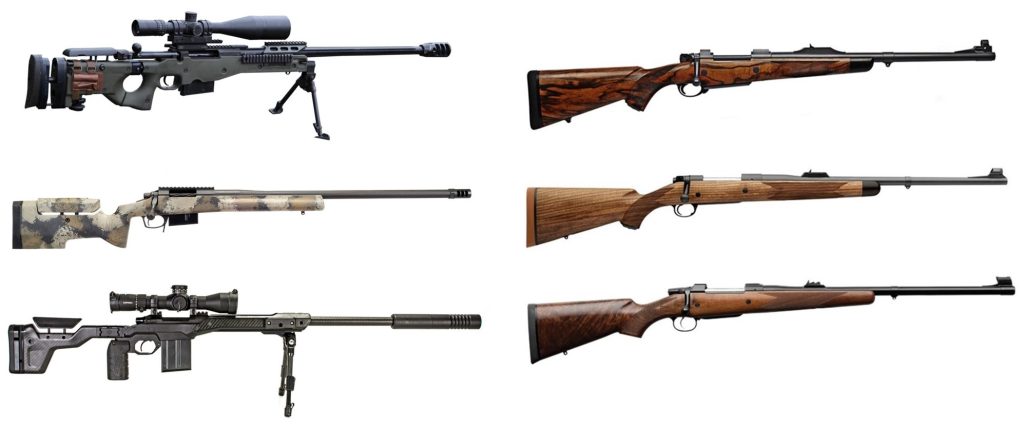
What modern rifles with their plastic or composite stocks and sprayed-on surfaces which have replaced the old skill of metal blueing, may have gained in terms of performance, they have lost, or sorely lack in terms of character.
To my old-fashioned way of thinking modern rifles with all their technological gadgetry are cold, inanimate, impersonal, and look and feel like…..plastic (Figure 3) and just cannot compare with an old-style classic hunting rifle built by a craftsman (Figure 4).
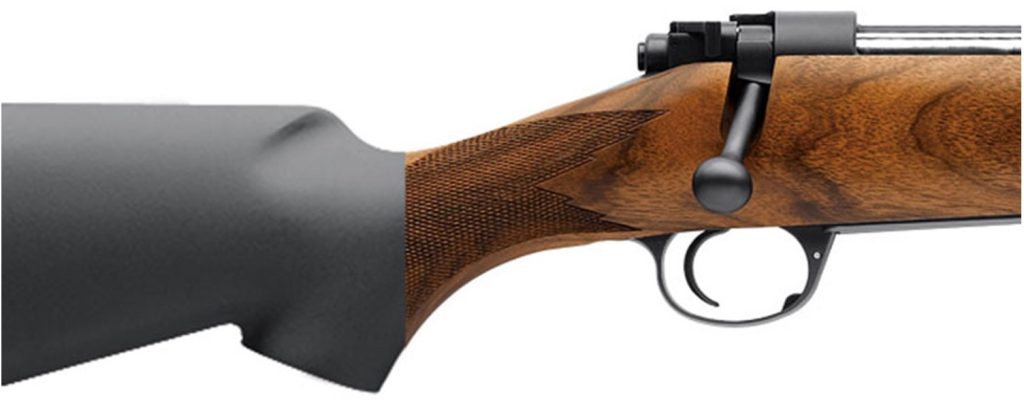

They look like the way they are made – by machines.
Automated CNC machines cut and shape the metal and plastic is poured into stock moulds which have built-in checkering patterns. There is little evidence of careful human labour, skill, and craftsmanship but lots of evidence of computer involvement as we enter the uncomfortable era of robotics and AI.
Perhaps the only role played by humans is in the final assembly of the component parts. Once there used to be gunsmiths now there are computer programmers.
Do modern rifles perform better than old rifles? I believe they do, and it would be futile to argue otherwise. They are probably more accurate, more impervious to weather and the elements – they don’t wear down as quickly as old wooden rifle stocks did, are scratch and dent-resistant, rust less (if at all), are not damaged by sweat or moisture, and will not warp.
Yes, they probably score higher in all these aspects but the fact that there is little human skill and craftsmanship in their making makes them of a lesser order. They lack the “life” and character of old classic hunting rifles.
What gave these old rifles their distinctive appeal?
I often think of modern hunting rifles as a fibreglass buffalo compared to a real buffalo. Yes, the plastic buffalo is weather resistant and more durable but the fact that it lacks dents and scars, and the warmth and life of natural material (a wooden stock), makes it look fake and holds little appeal for me.
Is it not the battle scars (nicks, dents, and scratches), worn down horns and patches of hairless skin (akin to worn down checkering diamonds and weathered blueing showing the underlying steel), and “rusty” and stiffening joints of an old buffalo bull that tell a story and give character? (Figure 5).

Is it not in the eyes and look of an old buffalo or old rifle with a history that says “Don’t mess with me”! When I recall the rifles I have owned which were tools of my trade, each one could tell a story written in the wood and steel of which they were carefully crafted by human skill.
Places where the blueing had worn away by hand or body contact tell how they were carried, checkering and stock wood which was smoothed down by frequent use and hand rubbing with a mixture of linseed oil and turpentine. What memories are evoked by the smell of stock and gun oil which most modern rifles need little or nothing of… Yes, much has been lost in the name of progress.
Let us consider for a moment what went into the building of a classic old bolt action hunting rifle. A rifle consists of stock (which to me is the heart of a rifle), action, barrel, trigger, and sights.
A gunstock would begin its life as living wood – a tree that would take decades to grow. The wood for the stock would be of a special type. Hard and tough with a beautiful and close grain. A wood that would not easily warp, split, or rot and which could be hand-worked or machined under the hands of a master to close tolerances.
My preference has always been Turkish walnut although there are numerous other types of wood also suitable for gunstocks. The selected would then be stacked and allowed to dry, cure, and season before being sawed into planks. This, in itself, could take a couple of years.
Kiln drying was sometimes employed to expedite the process. The grain pattern was then carefully inspected in each plank to see which would be suitable for a rifle stock – not many made the grade. Planks that met the gun maker’s requirements would then be sawed into stock blanks (Figure 6).

Basic shaping and stock inletting (to accommodate the chosen action and barrel) would be accomplished by drills, hand tools, and milling machines – all controlled by the skilled hands and eyes of a master craftsman (not a robot or computer-controlled device) – Figure 7.

Once the inletting had been completed (days to weeks of work) the painstaking layout and work of checkering would follow. This is an art and skill that not many master or have the patience to do – especially with hand tools designed for the task – line after line and then forming perfect diamonds with lines running at the appropriate angles to those first laid out (Figure 8).
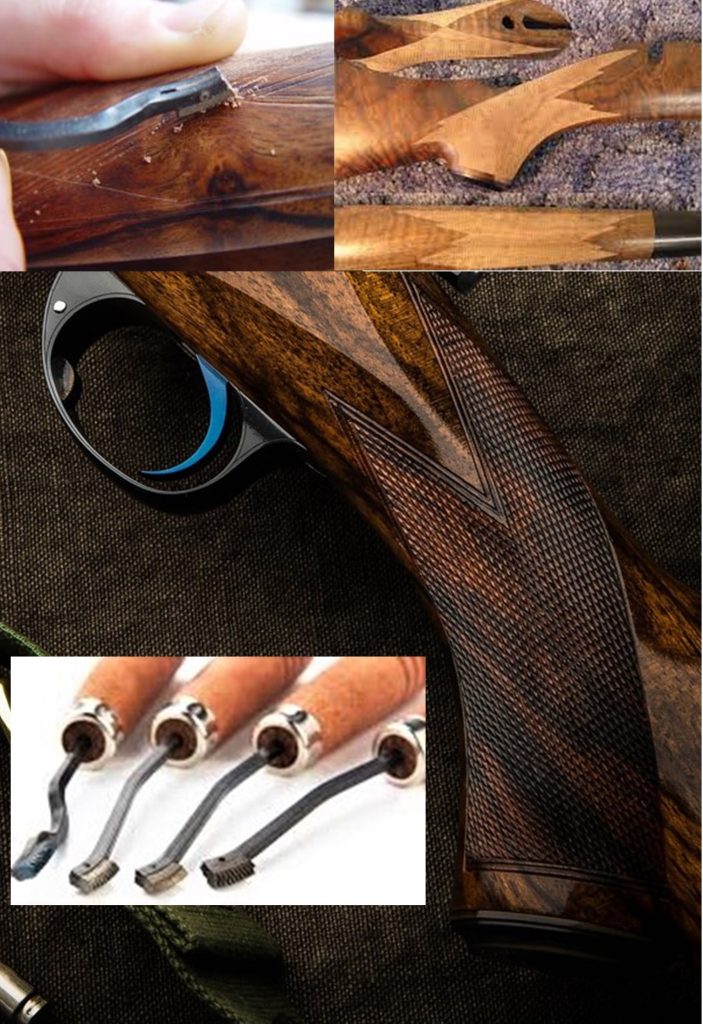
The flowing graceful, lines and contours of the old hunting rifles, compared to the sharp, abrupt, angular design of modern rifle stocks set them apart. The simplicity of design made for quick and easy handling and carrying of the old breed of rifles (Figure 9).
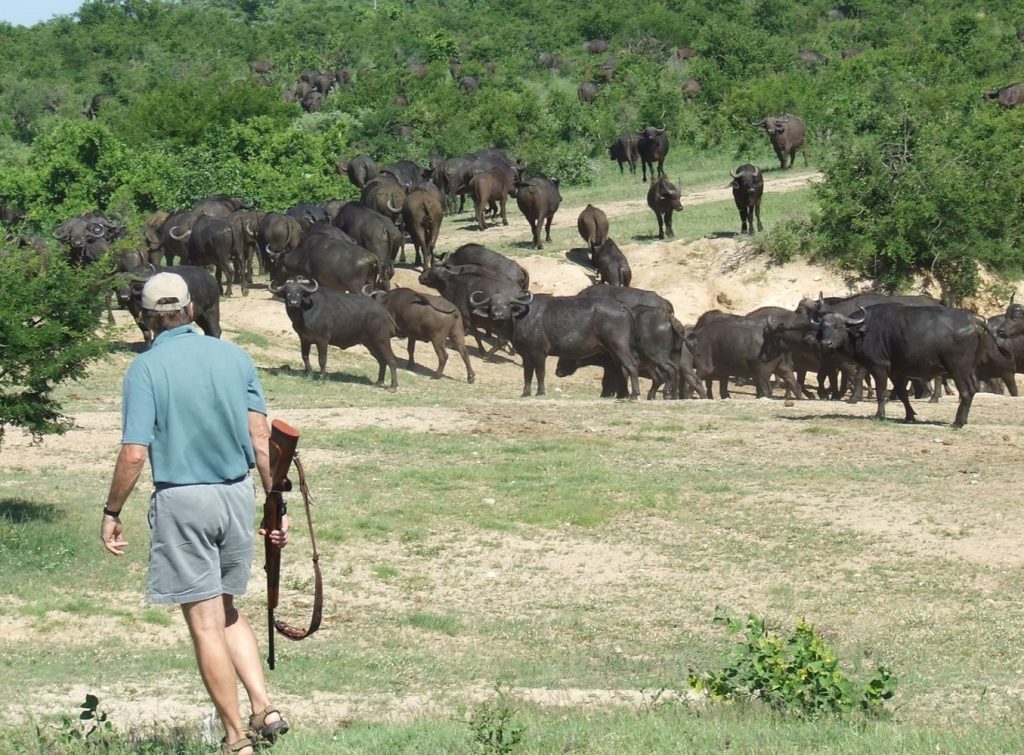
I would find carrying modern plastic hunting rifles with adjustable stocks, oversized bolts, big scopes, bipods, and suppressors awkward and unwieldy to hunt in the field with when walking and stalking through the bush. Perhaps they have a place situated on top of high ground from a stationary shooting platform but walk and stalk…..Hmm, I have my reservations.
My rifles were always easy and comfortable to carry quick to aim and became an extension of myself.
Finishing of the wooden stocks was accomplished through progressive sanding and filling of the minute pores until the wood was as smooth as glass and then hand rubbed with stock oil or sprayed with successive coats of lacquer to achieve a deep lustre or satin finish as the end user desired.
The metalwork of the barrel and action would also require the work of a highly skilled craftsman using hand-controlled and operated machinery. Blueing of the gunmetal was accomplished through the alchemy of a chemical wizard to see that the right concoction was used in the blueing tanks and the boiling process was carried out at the right temperature and for the right time to impart a deep midnight blue once buffing with polishing compounds was completed (Figure 10).
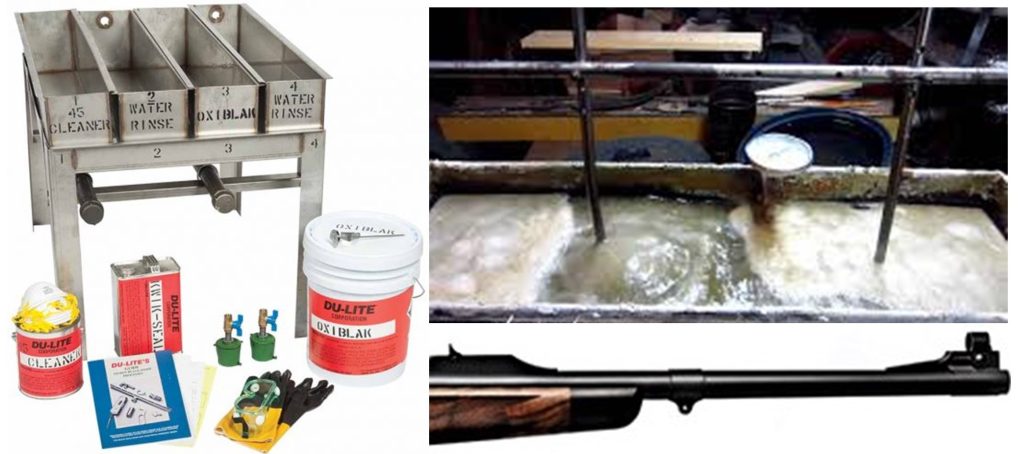
Before the final polishing, sights were sweated onto the barrel and receiver and also blued. A trigger would then be selected with the trigger sear honed to provide a crisp, clean let-off. The barrel, action, and trigger were finally mounted into the stock using hand tools. The wood-to-metal fit was accurate and precise. Classic hunting rifles took time and great human skill to make.
Older rifles probably required greater skill to shoot. Sights were basic. Modern creations use high-resolution magnification scopes with built-in range finders, wind and bullet drop compensators, adjustable cheekpieces, and other shooting aids so the shooter ends up relying more on technology than skill and instinct. Fancy recoil suppressors reduce uncomfortable “kick” whereas the best old rifles could offer was a hard rubber recoil pad. Steady hands are no longer required on modern rifles equipped with bipods.
It is with no disrespect to my fellow gun lovers who prefer what modern technology offers them to say I prefer the old. To each his own and I would be the first to admit that their modern weapons will shoot from a stable platform more accurately than would my old rifles shot out of hand. But if it came to facing down a charge by an angry elephant or a lion on greased lightning, I would not hesitate to opt for an old-style hunting rifle – hands down.
And so as we enter a rather scary era where rifles are mass-produced by robots and machines controlled by computers and artificial intelligence, where the hands and skills of master gunsmithing craftsmen no longer play a role, and, in our country, where many of the surviving old guns are incinerated on the funeral pyres of gun control, those of us who lived then will think of the good old days and the good old guns will mourn their passing. For me, an “old buffalo” with lots of dents and scars, I am saddened by where progress has brought us.

